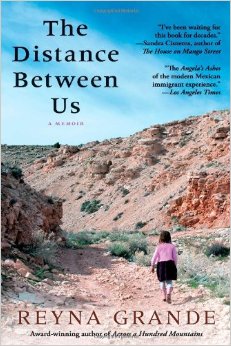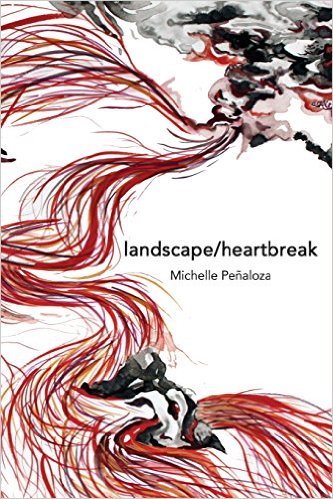
Reviewed by Heather Buchanan
The Harlem Renaissance was populated by talented and ambitious poets, writers, and dramatists. In the background stood their patrons, mostly white men whose contributions and support were well documented. Behind these men stood another group of patrons and promoters who, until now, lived in the shadows. Collectively, they were known by one name: “Miss Anne.” In Miss Anne in Harlem: The White Women of the Black Renaissance, author Carla Kaplan casts light on these shadows and explores the reasons behind Miss Anne’s omission from history.
Kaplan opens Miss Anne in Harlem with, “I did not set out to write this book,” a fitting irony to a story full of ironic twists about this little-known history of the Harlem Renaissance. A Distinguished Professor in American Literature and a Guggenheim fellow, Kaplan realized she was on to something while working on her previous book, Zora Neale Hurston: A Life in Letters. Her inability to locate information on the white females in Harlem that Hurston had befriended led to the creation of Miss Anne in Harlem.
Miss Anne held a precarious position in American society, for she was never completely accepted in any one social sphere. Her entire existence (or lack thereof) was dependent upon her acceptance by others. To her fellow whites, she was viewed as obsessed with “slumming” with Negro men and most likely insane; to the Negro poets, writers, and dramatists she supported, she was their flippant and self-appointed savior. In the 1920s, it was considered scandalous for white women to spend time on W. 125th in Harlem, but “Miss Anne” did exactly that, and much more.
At the outset, Kaplan outlines the familiar categories of white women of the Jazz Age that we are fairly familiar with: the Flapper, the Gibson Girl, and the Bohemian. At first glance, it would appear that Miss Anne would simply be considered a subset of one or all of these categories. However, after having conducted a considerable amount of research, Kaplan argues that “Miss Anne” deserves a category of her own.
Kaplan does not lay every reason for Miss Anne’s “absence” at the feet of race and gender politics, however. There is another issue to consider: There were white female patrons and activists who consciously chose to remain in the shadows, women like NAACP founder Mary White Ovington. This factor could arguably be the key characteristic that creates a subset of Miss Anne, or yet another type of Jazz Age woman altogether who was taken a little more seriously—a woman who chose to stay in the shadows for the sake of the “cause.”
In addition to reconstructing Miss Anne, the book also provides interesting background information on turning points in Harlem Renaissance history, most notably the complicated four-way professional relationship between Langston Hughes, Zora Neale Hurston, Alain Locke and patron Charlotte Osgood Mason, their “Godmother,” over the play Mule Bone. The Mason case serves as an example of how Miss Anne could be construed as a domineering, disruptive force if someone made the mistake of getting on her bad side.
Scholarly merit aside, Miss Anne in Harlem reads like a great mystery novel, as it reconstructs the life of a missing woman. Thanks to Kaplan’s considerable storytelling skills, the reader finally gets to know something about this enigmatic woman. Whether or not her involvement in the Harlem Renaissance is to be lauded or condemned, Miss Anne finally has a place in history.
***

Heather Buchanan
Heather Buchanan is the owner of Aquarius Press, now celebrating its 15th year. Willow Books, its literary division, develops, publishes, and promotes writers typically underrepresented in the field; recent collaborations include the publication of Cave Canem XII. A graduate of Wayne State University and the University of Michigan-Dearborn respectively, Heather has taught Composition, English, African American Literature, and World Literature at several colleges and universities. In addition to teaching, Heather presents on arts and literature at conferences across the country, most recently for the Ragdale Foundation. She has directed many events and conferences, including LitFest Chicago, Midwest Poets & Writers Conference, and the Idlewild Writers Conference. A Poet-in-Residence emeritus for the Detroit Public Library system, Heather also served on the Board of Governors for UM-Dearborn’s College of Arts & Sciences Affiliate and was the COO of the Wayne County Council for Arts, History & Humanities. A musician, she is currently working on a World War I centennial book and music project honoring the Harlem Hellfighters. She has been a reviewer for BlogCritics and MyShelf and has blogged for publications such as Poets & Writers.
 This episode is produced in collaboration with The Digital Sala, an online Filipinx literary festival which launched in April 2020.
This episode is produced in collaboration with The Digital Sala, an online Filipinx literary festival which launched in April 2020. 













